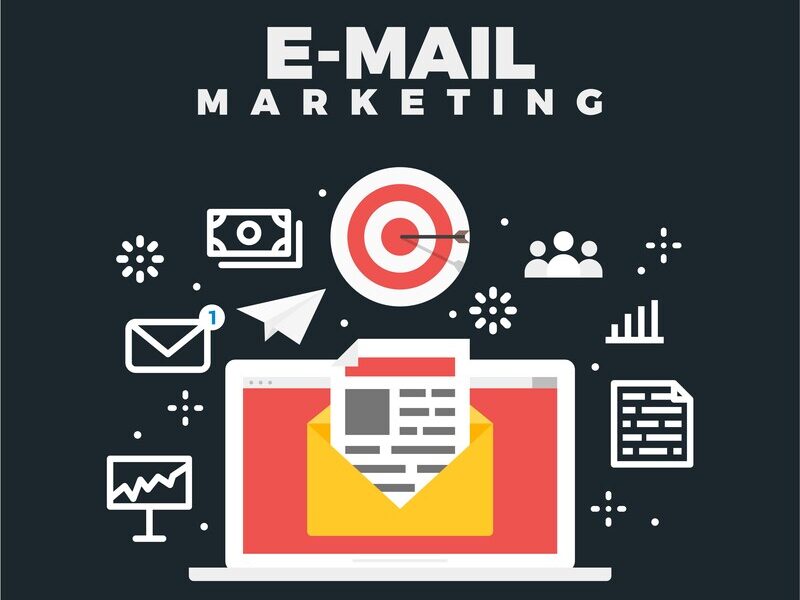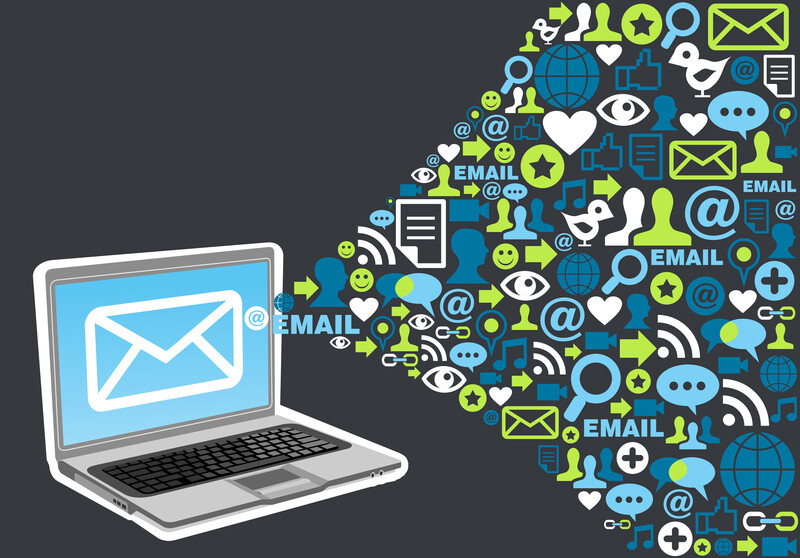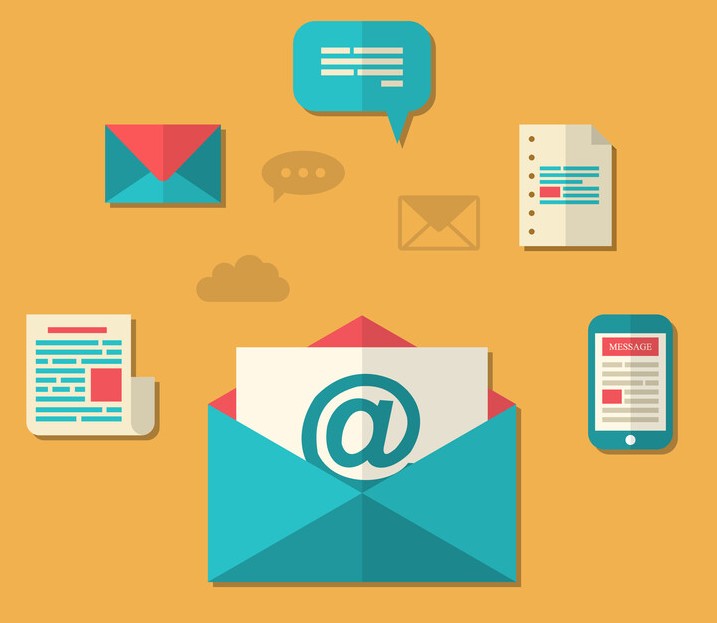Email Marketing for SaaS Companies: A Beginner’s Guide
Email marketing is a powerful tool for any business, but it becomes increasingly important for Software as a Service (SaaS) companies. A well-executed email marketing strategy can help SaaS businesses acquire new customers, retain existing ones, and increase their overall performance. In this comprehensive beginner’s guide, we will dive into the world of email marketing for SaaS companies, discussing best practices, strategies, and how to create the best SaaS emails. Let’s get started!
1. Why Email Marketing is Essential for SaaS Companies
Email marketing is a powerful marketing channel for any business, but it is particularly important for SaaS companies. Here are some of the key reasons why email marketing is essential for SaaS businesses:
- Customer retention: Well-executed email campaigns can help SaaS companies keep their existing customers engaged, reducing churn rates.
- Lead generation: Email marketing can help SaaS companies attract and nurture leads, ultimately converting them into paying customers.
- Upselling and cross-selling: Email marketing can be used to promote additional features and services, increasing the lifetime value of customers.
- Cost-effective: Compared to other marketing channels, email marketing is relatively inexpensive and can yield a high return on investment.
- Personalization: Email marketing allows for a high degree of personalization, enabling SaaS businesses to target specific segments of their audience with tailored messages.
2. Understanding the SaaS Customer Journey
To create a successful email marketing strategy for your SaaS company, it’s essential to understand the different stages of the customer journey. The customer journey for SaaS companies typically consists of the following stages:
- Awareness: Prospective customers become aware of your SaaS solution and its benefits.
- Interest: Prospects express interest in your product and begin researching it further.
- Evaluation: Prospective customers compare your SaaS solution to others on the market and consider their options.
- Trial: Prospects sign up for a free trial or demo of your SaaS product.
- Conversion: Prospects become paying customers after evaluating your product during the trial period.
- Adoption: Customers actively use your SaaS product and derive value from it.
- Advocacy: Satisfied customers recommend your SaaS solution to others and help promote your brand.
Understanding the customer journey will enable you to create targeted email campaigns that address the specific needs and concerns of your audience at each stage.
3. Types of Emails for SaaS Companies
There are various types of emails that SaaS companies can use to engage their audience and drive success. Here are some of the most important types:
- Welcome emails: These emails are sent to new subscribers or customers, welcoming them to your community and providing an overview of your SaaS product.
- Onboarding emails: Onboarding emails guide new customers through the process of getting started with your SaaS product, offering helpful tips and resources.
- Product updates and announcements: Keep your customers informed about new features, updates, and improvements to your SaaS product.
- Educational content: Share valuable content, such as blog posts, whitepapers, and webinars, to help customers get the most out of your SaaS product.
- Promotional emails: Offer special deals, discounts, or incentives to encourage prospects to convert or existing customers to upgrade.
- Surveys and feedback requests: Collect valuable feedback from your customers to improve your SaaS product and overall customer experience.
- Re-engagement and win-back emails: Target inactive customers with personalized emails, aiming to re-engage them and encourage them to return to your SaaS product.
4. Segmenting Your Email List
Segmentation is a critical aspect of email marketing for SaaS companies. By dividing your email list into smaller, more targeted segments, you can send tailored messages that resonate with each group. Some common ways to segment your email list include:
- Demographics: Segment your list based on factors like age, gender, or location.
- Job role or industry: Target specific job roles or industries that are relevant to your SaaS product.
- Behavior: Segment your list based on how customers interact with your product or the types of features they use most frequently.
- Lifecycle stage: Tailor your emails to customers at different stages of the customer journey, from initial awareness to ongoing advocacy.
By segmenting your email list, you can create personalized and relevant email campaigns that better resonate with your audience, ultimately leading to higher engagement and conversion rates.
5. Crafting Engaging and Effective Emails
Creating engaging and effective emails is crucial for the success of your SaaS email marketing strategy.
Here are some tips to help you craft compelling emails:
- Use attention-grabbing subject lines: Your subject line is the first thing recipients see, so make it count. Use clear, concise language and consider incorporating personalization or curiosity to entice recipients to open your email.
- Keep your emails focused and concise: Long, rambling emails are likely to lose your reader’s attention. Keep your messaging focused on a single topic or call-to-action and get to the point quickly.
- Personalize your emails: Use segmentation and personalization techniques to make your emails feel more tailored and relevant to each recipient.
- Optimize your emails for mobile devices: Ensure your emails look great on both desktop and mobile devices, as a significant portion of your audience will likely read your emails on their smartphones or tablets.
- Include clear calls-to-action: Make it easy for recipients to take the desired action by including clear, prominent calls-to-action in your emails.
6. Creating Automated Email Sequences
Email automation is a powerful tool for SaaS companies, allowing you to send targeted, timely messages to your audience without manual effort. Here are some examples of automated email sequences you can create for your SaaS business:
- Welcome series: Send a series of welcome emails to new subscribers or customers, introducing them to your brand and product.
- Onboarding series: Guide new customers through the process of getting started with your SaaS product, offering helpful tips and resources along the way.
- Trial-to-paid conversion series: Encourage trial users to become paying customers by highlighting the benefits of your paid plans and offering special incentives.
- Customer retention series: Maintain ongoing communication with your existing customers, sharing product updates, educational content, and promotions to keep them engaged and loyal to your brand.
- Win-back series: Target inactive customers with personalized emails, aiming to re-engage them and encourage them to return to your SaaS product.
By leveraging automation, you can ensure that your email marketing efforts are consistent and effective, while also freeing up valuable time for your marketing team.
7. Measuring and Analyzing Your Email Marketing Performance
To continually improve your email marketing efforts, it’s essential to measure and analyze the performance of your campaigns. Some key metrics to track include:
- Open rates: The percentage of recipients who opened your email.
- Click-through rates (CTR): The percentage of recipients who clicked on a link within your email.
- Conversion rates: The percentage of recipients who completed a desired action, such as signing up for a trial or making a purchase.
- Unsubscribe rates: The percentage of recipients who opted out of receiving future emails from you.
By regularly monitoring these metrics, you can identify areas for improvement and optimize your email marketing strategy accordingly.
8. A/B Testing and Optimization
A/B testing (also known as split testing) is a valuable technique for optimizing your email marketing campaigns. By testing different variations of your emails, you can determine which elements are most effective and make data-driven decisions to improve your overall email performance. Some elements you can A/B test in your emails include:
- Subject lines: Test different wording, personalization, or emojis to see which subject lines result in higher open rates.
- Email content: Experiment with different messaging, formatting, or calls-to-action to see which resonates best with your audience.
- Send times and frequencies: Test sending your emails at different times of day or on different days of the week to determine when your audience is most likely to engage.
- Personalization and segmentation: Experiment with different levels of personalization or audience segmentation to see which approaches yield the best results.
By regularly conducting A/B tests, you can continually optimize your email marketing efforts and ensure that your campaigns are as effective as possible.
9. Best Practices for SaaS Email Marketing
To make the most of your email marketing efforts, consider the following best practices:
- Maintain a clean and up-to-date email list: Regularly remove inactive subscribers and update your list to ensure you’re targeting the right audience.
- Be mindful of email frequency: Avoid overwhelming your subscribers with too many emails, as this can lead to increased unsubscribes and reduced engagement.
- Leverage automation and personalization: Use email marketing tools to automate your campaigns and personalize your messaging for maximum impact.
- Stay consistent with your brand: Ensure your emails maintain a consistent look and feel that aligns with your overall brand identity.
- Continuously test and optimize: Regularly analyze your email performance and conduct A/B tests to optimize your campaigns and improve your results over time.
10. The Best SaaS Emails To Model
Here are some examples of outstanding SaaS email marketing campaigns to inspire your own efforts:
- Miro’s Welcome Email: Miro sends a warm welcome email to new subscribers, providing an overview of their product and inviting them to collaborate.
- Shopify’s Onboarding Email: Shopify guides new users through the process of setting up their online store with a helpful onboarding email sequence.
- Asana’s Re-engagement Email: Asana uses a personalized email campaign to re-engage inactive users and encourage them to return to their platform.
- Dropbox’s Customer Survey Email: Dropbox requests feedback from their customers in a concise and visually appealing email, making it easy for recipients to provide their input.
By learning from these examples and implementing the strategies and best practices discussed in this guide, you’ll be well on your way to creating a successful email marketing strategy for your SaaS company. Remember, the key to success in email marketing for SaaS companies is understanding your audience, crafting engaging and personalized emails, and continually testing and optimizing your campaigns. Good luck!





